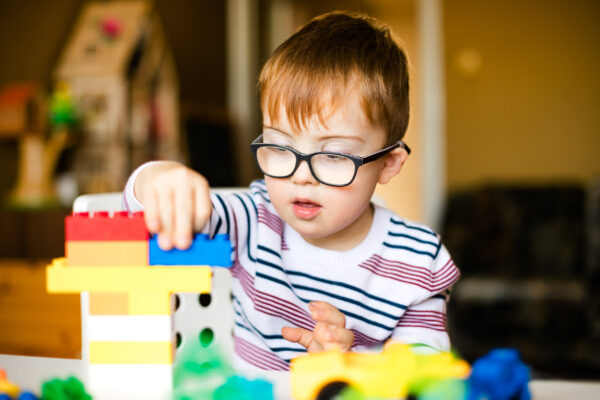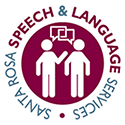Autism spectrum disorder (ASD) is a neurodevelopmental disorder that affects communication, social interaction, and behavior. One of the most significant challenges faced by individuals with ASD is acquiring and using language. However, recent research has shown that individuals with ASD have unique language acquisition patterns that differ from typical language development. In this blog post, we will explore natural language acquisition in autism, gestalt language processing in autism, and the benefits of strength-based treatment in autism.

Natural Language Acquisition in Autism
Natural language acquisition refers to the process by which individuals acquire language through exposure
and experience in their environment. Typically, language development occurs in stages, starting with pre-linguistic communication, such as babbling, and progressing to using words and sentences to communicate. However, individuals with ASD often have atypical language development patterns, with delayed or absent speech, echolalia (repetitive speech), and difficulty understanding and using language.
Research has shown that individuals with ASD have a unique way of processing language, which is different from neurotypical individuals. They tend to focus more on individual words and phrases rather than the overall meaning of a sentence or conversation. This difference in language processing is known as gestalt language processing.
Gestalt Language Processing in Autism
Gestalt language processing refers to the ability to process and comprehend language as a whole rather than individual parts. Neurotypical individuals tend to use top-down processing, meaning they use their knowledge and expectations of language to understand what is being said. In contrast, individuals with ASD use bottom-up processing, meaning they focus on the individual words and phrases rather than the overall meaning of the sentence.
This difference in language processing can lead to challenges in understanding and using language in social situations. Individuals with ASD may struggle to understand sarcasm, jokes, and figurative language, which can impact their ability to engage in social interactions and build relationships.
Benefits of Strength-Based Treatment in Autism
Strength-based treatment is an approach that focuses on identifying and building on an individual’s strengths and interests. This approach recognizes that individuals with ASD have unique abilities and talents that can be leveraged to improve their social and communication skills.
Strength-based treatment can be particularly beneficial for individuals with ASD, as it emphasizes their strengths rather than their deficits. By focusing on an individual’s strengths, treatment can help build self-esteem and confidence, leading to improved social and communication skills.
For example, if an individual with ASD has a strong interest in music, incorporating music into therapy sessions can be a powerful way to build communication and social skills. Playing music together, discussing lyrics, and practicing singing can all be effective ways to build communication and social skills while tapping into the individual’s strengths and interests.
Conclusion
In conclusion, natural language acquisition in autism is a complex process that differs from typical language development. Gestalt language processing, a unique way of processing language, is common among individuals with ASD, which can lead to challenges in understanding and using language in social situations. However, strength-based treatment can be an effective approach to help individuals with ASD build communication and social skills by leveraging their strengths and interests. By understanding and embracing these unique characteristics, we can support individuals with ASD in achieving their full potential.

